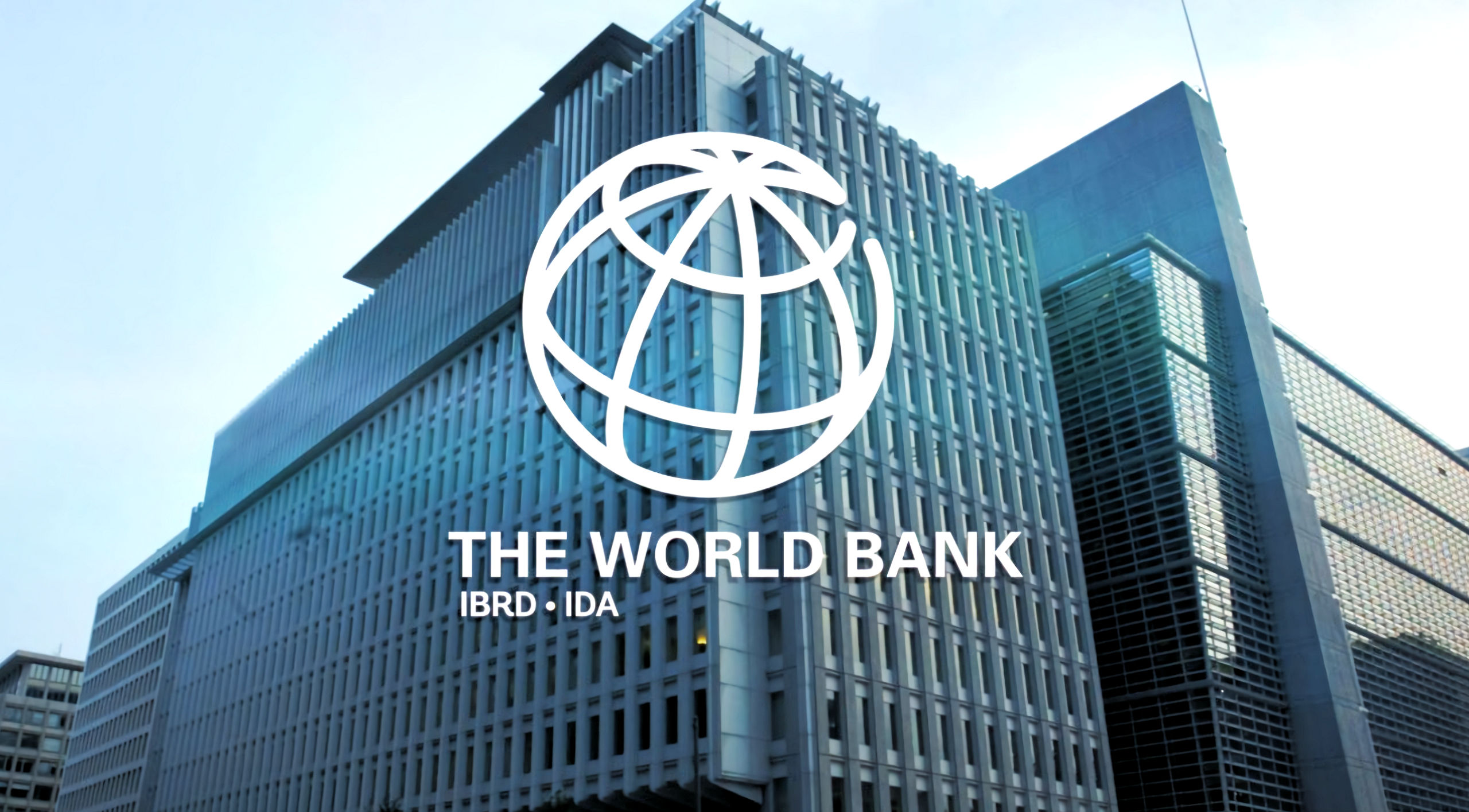
Borrowing Patterns, Debt Service, and Sustainability Risks
As of December 2024, Tanzania’s total public debt stood at USD 46.6 billion, with external debt accounting for 70.7% (USD 32.9 billion). The government relied heavily on multilateral lenders (55.4%) and commercial loans (35.6%), increasing exposure to market-driven interest rates. While 21.2% of borrowed funds supported transport and telecommunications infrastructure, 19.4% was used for budget support, highlighting fiscal dependence on borrowing. With debt service payments reaching USD 185.4 million in December, managing repayment risks and prioritizing productive investments is crucial for long-term sustainability
Debt Developments in Tanzania – December 2024
Tanzania’s total public debt stock reached USD 46,562.1 million at the end of December 2024, reflecting a 0.5% monthly increase. Of this, external debt accounted for 70.7% (USD 32,928.4 million), while domestic debt stood at TZS 32,649.3 billion. The rise in external debt was attributed to new disbursements amounting to USD 376.8 million, mainly to finance government projects and budgetary support.
1. External Debt Stock and Composition
2. External Debt Stock by Creditor
Tanzania’s external debt is held by multilateral, bilateral, commercial, and export credit lenders. The composition as of December 2024 was as follows:
| Creditor Type | Amount (USD Million) | Percentage Share (%) |
| Multilateral lenders (e.g., World Bank, IMF, AfDB) | 18,229.0 | 55.4% |
| Commercial lenders (e.g., Eurobonds, syndicated loans) | 11,706.6 | 35.6% |
| Bilateral lenders (e.g., China, France, India) | 1,369.1 | 4.2% |
| Export credit agencies | 1,623.8 | 4.9% |
| Total External Debt | 32,928.4 | 100% |
3. Disbursed Outstanding Debt by Use of Funds (Percentage Shares)
Tanzania’s external debt is allocated across various sectors, primarily transport, energy, social services, and budget support.
| Sector | Amount (USD Million) | Percentage Share (%) |
| Budget support (BoP financing) | 6,090.6 | 19.4% |
| Transport & telecommunications | 6,664.6 | 21.2% |
| Agriculture | 1,542.6 | 4.9% |
| Energy & mining | 4,568.4 | 14.6% |
| Social services (health & education) | 6,363.9 | 20.3% |
| Manufacturing & industrial sector | 1,198.9 | 3.8% |
| Real estate & construction | 1,475.0 | 4.7% |
| Other services (finance, tourism, etc.) | 2,962.2 | 9.1% |
Key Takeaways:
With total public debt at USD 46.6 billion, debt sustainability remains a critical concern, requiring effective fiscal management and prioritization of productive investments
These figures indicate both opportunities and risks for fiscal management and economic stability
1. External Debt Remains the Largest Share of Public Debt
Implication:
✅ Multilateral financing provides stable, low-cost funding.
⚠️ High commercial debt increases vulnerability to global interest rate changes, raising repayment costs.
2. Debt Service Obligations Are Increasing
Implication:
⚠️ Future fiscal space may shrink as more funds are allocated for debt repayment instead of public services or development.
✅ If borrowed funds are well-invested, economic growth could offset repayment pressures.
3. Most Borrowed Funds Are Used for Infrastructure and Budget Support
Implication:
✅ Investing in infrastructure can boost economic growth, improving debt repayment capacity.
⚠️ Using loans for budget support suggests fiscal weaknesses, as the government borrows to cover recurrent expenses instead of productive investments.
4. Debt Sustainability Risks and Management Needs
What Needs to be Done?
🔹 Shift borrowing towards productive sectors (e.g., manufacturing, agriculture) to generate returns.
🔹 Reduce reliance on commercial loans and prioritize concessional financing.
🔹 Enhance revenue collection to reduce reliance on budget support loans.
🔹 Strengthen fiscal discipline to ensure borrowed funds are effectively utilized.
Overall Takeaway
📌 Tanzania’s external debt remains dominant (70.7%), with a shift toward commercial borrowing (35.6%).
📌 Debt service payments (USD 185.4 million) are rising, limiting future fiscal flexibility.
📌 Infrastructure investment (21.2%) supports economic growth, but reliance on budget support loans (19.4%) is a concern.
📌 Debt sustainability requires a shift to revenue-driven fiscal policies, careful borrowing, and economic diversification.
While Tanzania’s debt is still within manageable limits, a proactive approach is needed to prevent future fiscal risks